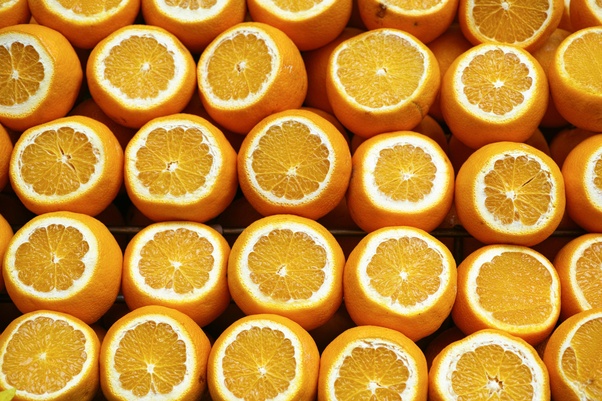Table of Contents
Introduction:
The color orange, with its vibrant hue and warm tones, holds a unique place in the spectrum of colors, evoking feelings of energy, enthusiasm, and creativity. From the natural beauty of a ripe orange fruit to the striking glow of a sunset, the color orange captivates the imagination and inspires a sense of wonder. In this comprehensive exploration, we delve into the symbolism, significance, and cultural impact of the color orange, celebrating its multifaceted allure and enduring appeal.
Symbolism of Orange: Energy, Vitality, and Creativity
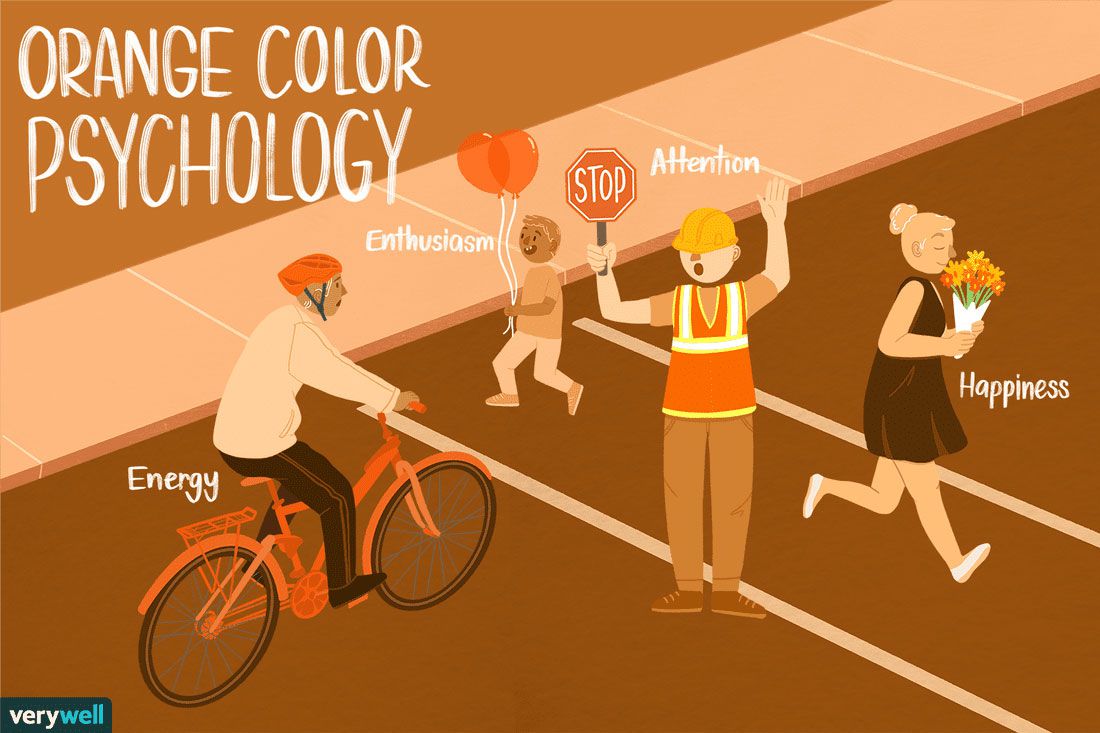
- The color orange is often associated with qualities of energy, vitality, and creativity, making it a powerful symbol in various contexts. In nature, the vibrant hue of ripe oranges symbolizes abundance, vitality, and the harvest season, while the warm glow of a sunset represents the end of the day and the promise of a new beginning. In art and design, the color orange is often used to convey a sense of excitement, enthusiasm, and spontaneity, adding depth and vibrancy to visual compositions.
Psychological Impact of Orange: Stimulating the Senses
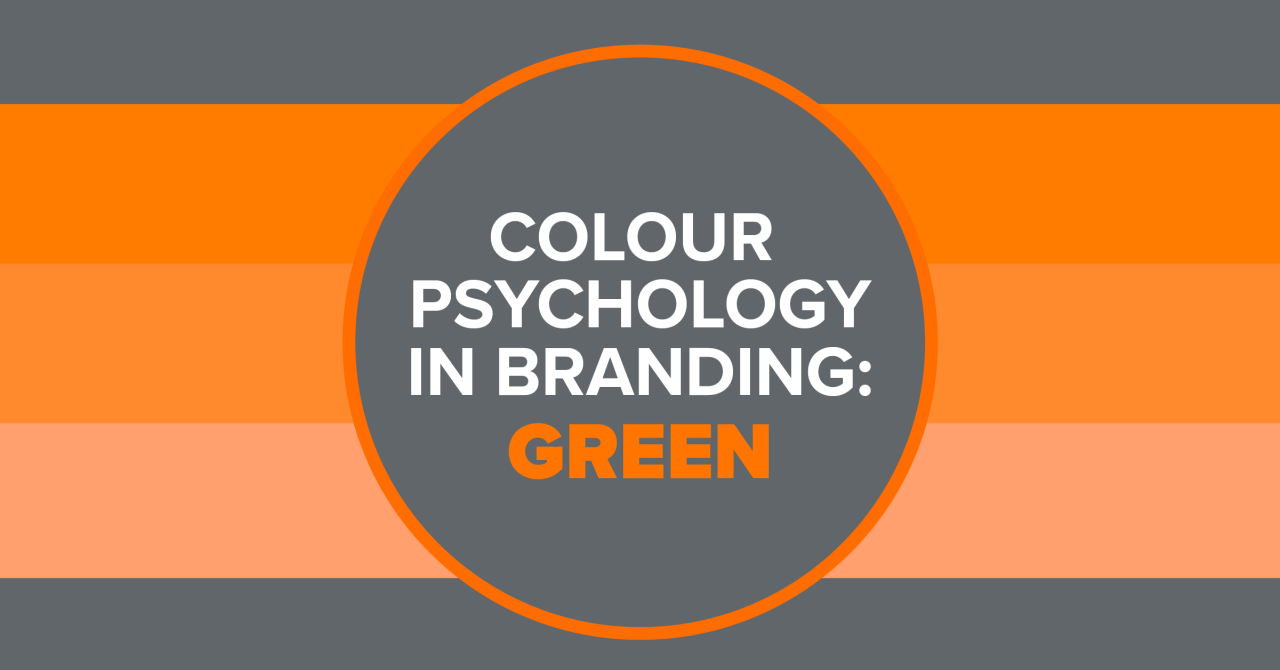
- Psychologically, the color orange is known to have a stimulating effect on the senses, invigorating the mind and body with its warm and energetic presence. Research has shown that exposure to the color orange can increase feelings of excitement, enthusiasm, and optimism, making it an ideal choice for environments where creativity and productivity are valued. Whether used in interior design, branding, or marketing, the color orange has the power to captivate attention, evoke emotion, and leave a lasting impression on the viewer.
Cultural Significance of Orange: Customs, Traditions, and Celebrations
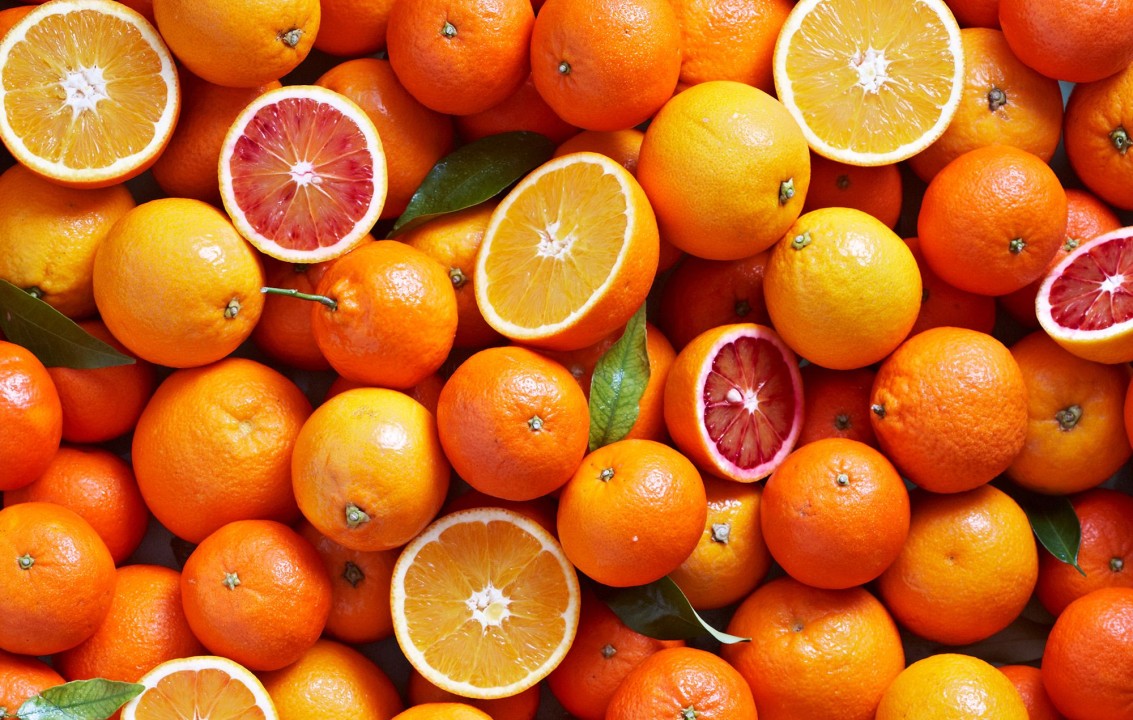
- Across cultures and traditions, the color orange holds special significance, symbolizing various themes and concepts that are deeply rooted in history and folklore. In Hinduism, the color orange is associated with spirituality, renunciation, and the quest for enlightenment, with saffron-robed monks symbolizing devotion and asceticism. In Western cultures, the color orange is often associated with Halloween, evoking images of pumpkins, jack-o’-lanterns, and autumnal festivities.
The Color Orange in Fashion and Design: Bold, Expressive, and Trendsetting
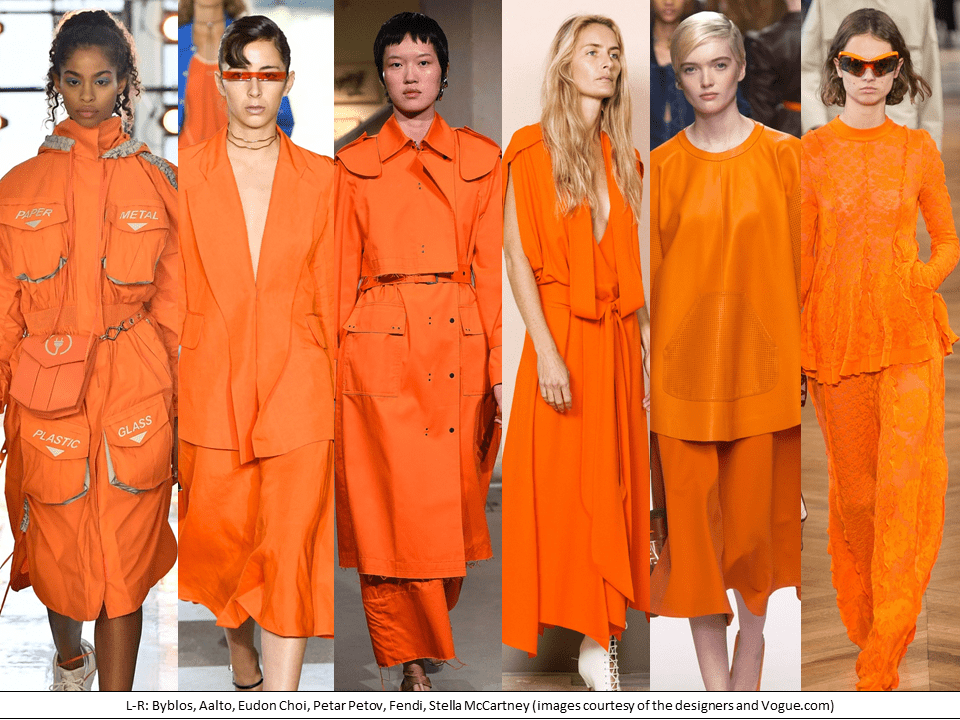
- In the world of fashion and design, the color orange has long been celebrated for its boldness, expressiveness, and trendsetting appeal. From haute couture runways to streetwear fashion, designers have embraced the vibrant hue of orange, incorporating it into their collections to make a bold statement and capture attention. Whether used as a statement piece or as an accent color, orange adds warmth, personality, and flair to any ensemble or interior space, making it a favorite choice among fashionistas and design enthusiasts alike.
Orange in Literature and Art: Symbolism, Metaphor, and Imagination
- In literature and art, the color orange is often used symbolically to convey deeper themes and emotions, serving as a metaphor for warmth, passion, and transformation. From Vincent van Gogh’s vibrant sunflower paintings to Gabriel García Márquez’s evocative descriptions of the tropical landscape in “One Hundred Years of Solitude,” the color orange ignites the imagination and invites viewers to explore new worlds and ideas.
Conclusion:
In conclusion, the color orange holds a special place in the realm of colors, evoking feelings of energy, vitality, and creativity that captivate the imagination and inspire wonder. Whether found in nature, art, fashion, or culture, the vibrant hue of orange symbolizes abundance, optimism, and the promise of new beginnings. As we continue to explore the symbolism, significance, and cultural impact of the color orange, let us celebrate its multifaceted allure and enduring appeal, embracing the warmth, energy, and creativity it brings to our lives.
For More Information Please Visit These Websites Craiyon And Arturia

